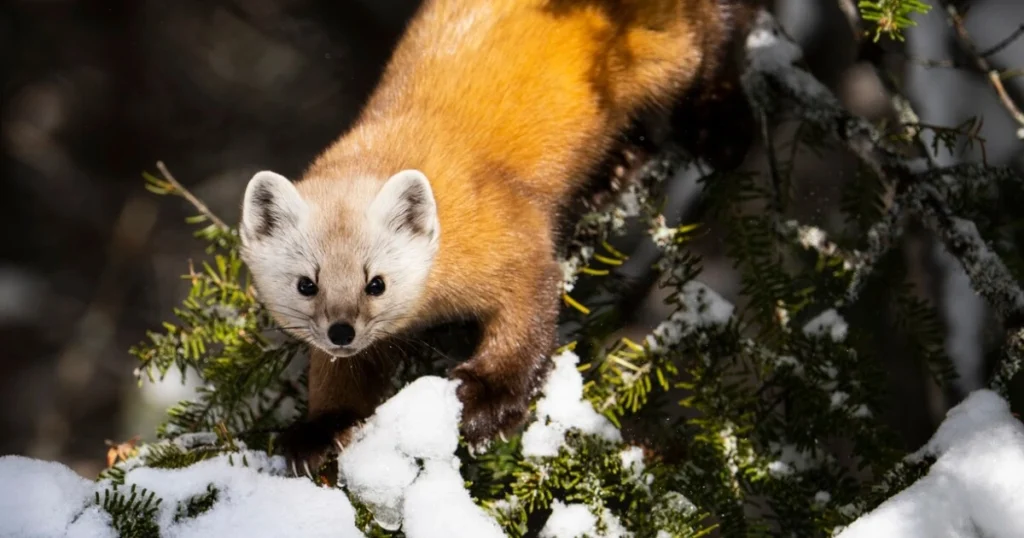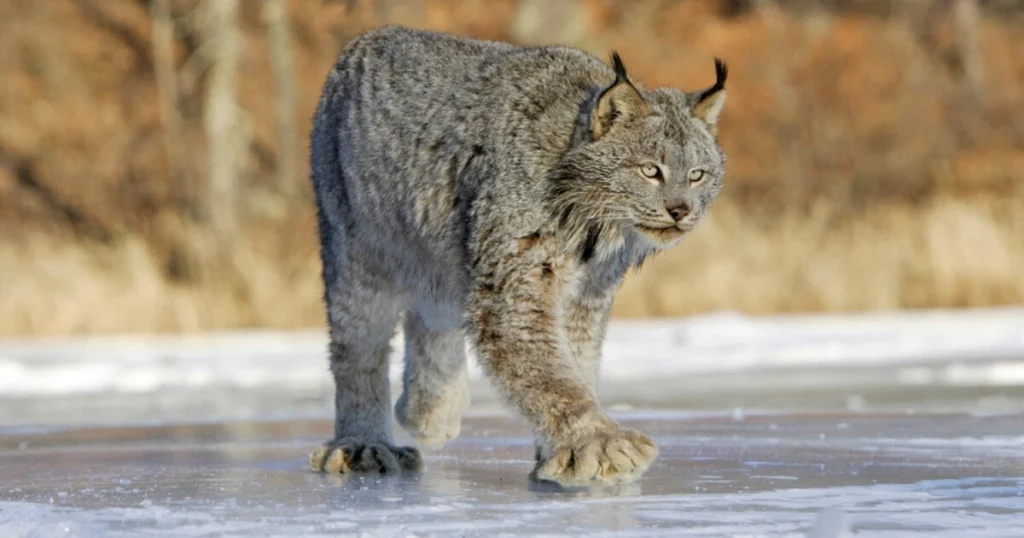
Photo by LaSalle Photo / Getty Images
Winter in Canada unveils a pristine and enchanting landscape, creating a haven for wildlife enthusiasts and photographers alike. However, capturing the beauty of animals in their natural habitats comes with ethical considerations that call for a delicate balance between artistic pursuit and conservation.
The potential disruption to the natural behavior of wildlife is a significant concern. In winters, animals are already grappling with the challenges of survival, including finding food and maintaining energy reserves. The presence of photographers can disturb their routines, leading to stress and increased energy expenditure, which can be detrimental to their well-being. It is crucial for photographers to prioritize minimizing their impact by maintaining a respectful distance and using long lenses to capture images without encroaching on the animals’ space.

Photo by Michel Viard / Getty Images
The use of bait to attract wildlife for better photo opportunities is an ongoing issue. While it may be tempting to lure animals closer for a captivating shot, this practice can have severe consequences. Dependence on human-provided food can disrupt the natural foraging behaviors of animals, affect their health, and lead to a reliance on artificial resources. Responsible photographers refrain from using bait and allow wildlife to exhibit their natural behaviors without interference.
Understanding and respecting designated wildlife sanctuaries and protected areas, as well as private property, is essential. These spaces are designated to provide safe havens for animals, especially during harsh winter months. Trespassing into these areas or disturbing their delicate balance can have severe consequences for the ecosystem.
Winter wildlife photography in Canada can be approached with a commitment to conservation and ethical practices. Photographers play a crucial role as stewards of nature, ensuring that their pursuit of captivating images does not compromise the well-being of the animals whose lives they’re documenting. By adhering to ethical guidelines, photographers can contribute to the preservation of Canada’s wildlife, allowing future generations to appreciate the beauty of these individuals in their natural habitats.
